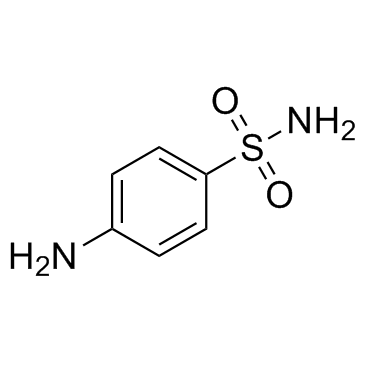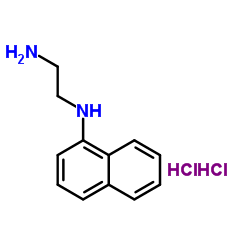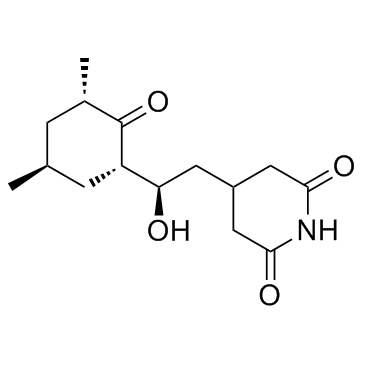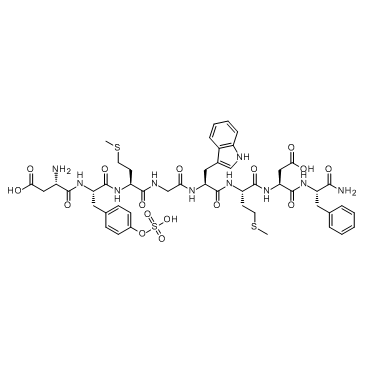| Structure | Name/CAS No. | Articles |
|---|---|---|
 |
Ethanol
CAS:64-17-5 |
|
 |
Hydrochloric acid
CAS:7647-01-0 |
|
 |
Sulfanilic acid
CAS:121-57-3 |
|
 |
Sulfanilamide
CAS:63-74-1 |
|
 |
N-1-Naphthylethylenediamine dihydrochloride
CAS:1465-25-4 |
|
 |
Cycloheximide
CAS:66-81-9 |
|
 |
Cholecystokinin Octapeptide (sulfated) ammonium salt
CAS:25126-32-3 |